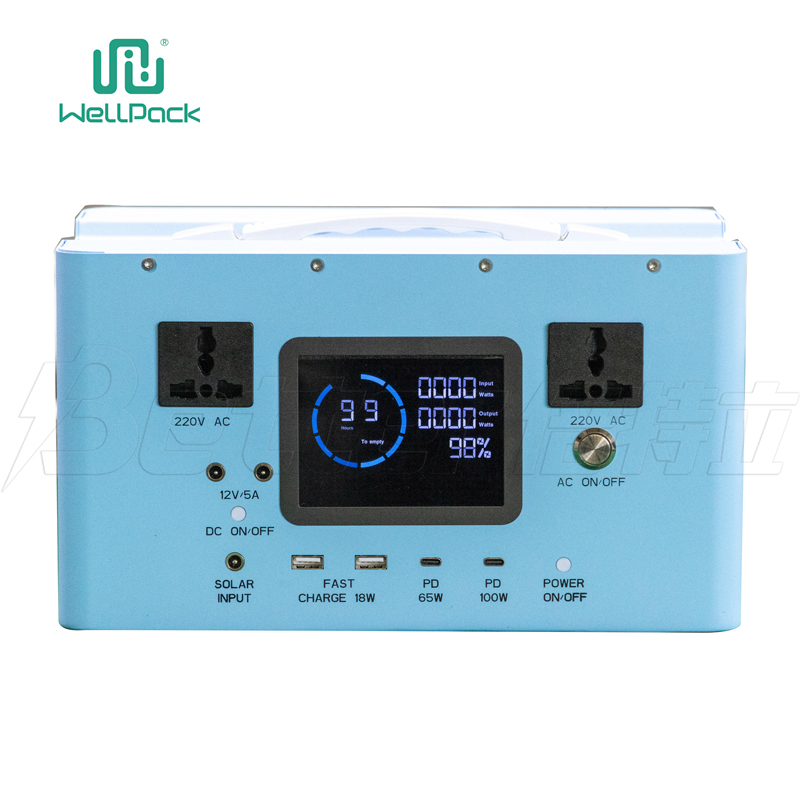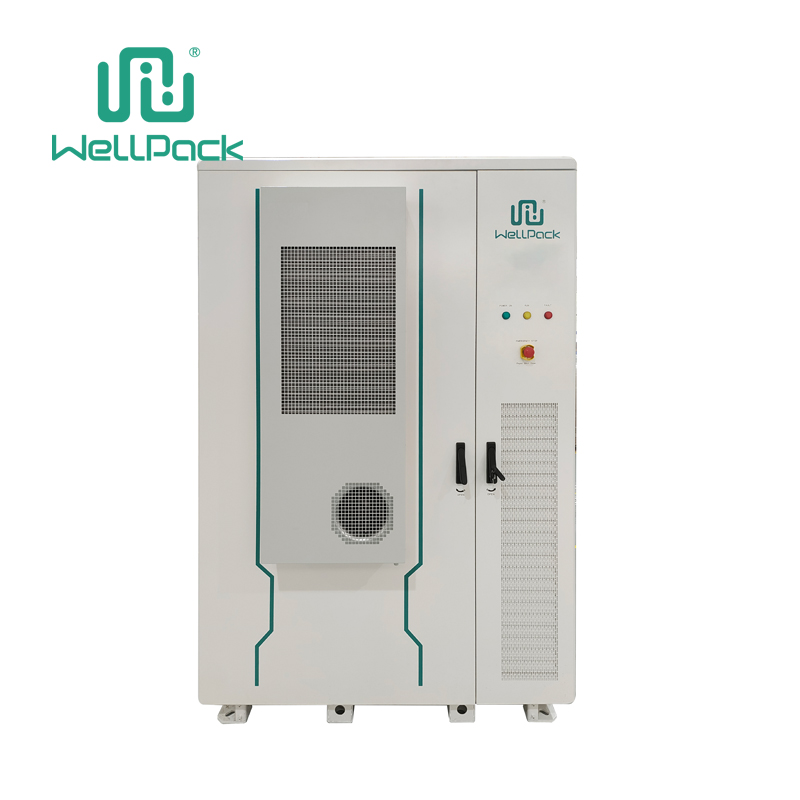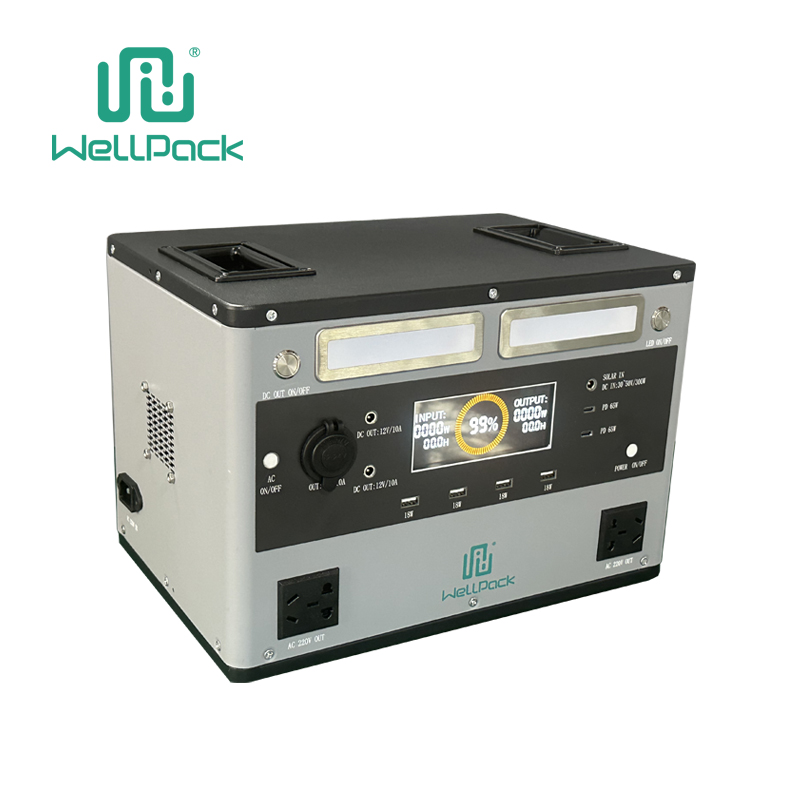Recently, the solid-state battery sector has been hot , and the stock prices of many A-share "solid-state" listed companies have soared, attracting widespread attention from the market. Since September, Narada Power Supply has achieved a "20CM" daily limit for three consecutive days, with a three-day increase of nearly 67%; Dongfeng Group has also achieved a daily limit for three consecutive days, Del Shares, Polydi and others have achieved a daily limit, and Xiangfenghua, Jinlongyu and others have followed suit.

On the news front, Narada Power previously stated on August 30 that the solid-state battery products it has developed currently have an energy density of up to 350Wh/kg and a cycle life of 2,000 times. They have passed hot box, short circuit and other safety tests, and all indicators have been successfully completed. The project acceptance will be completed in the fourth quarter of this year.
Industry insiders said that the recent surge in Narada's stock price may be related to the progress of solid-state batteries it revealed. Earlier on August 28, China New Energy and Penghui Energy also released their respective research and development results in the field of solid-state batteries.
Among them, China Innovation Aviation released the "boundless" all-solid-state battery technology, with a corresponding battery energy density of up to 430wh/kg and a capacity of over 50Ah. At the same time, it has made important breakthroughs in battery operating pressure, life, and power. It is planned to be installed on vehicles in 2027.
Penghui Energy released its first generation of solid-state batteries, which use an oxide solid electrolyte solution with an energy density of 280Wh/kg. It is planned to achieve 300Wh/kg with a silicon negative electrode after 2025. It will conduct pilot research and development and small-scale production in 2025, and mass production in 2026.
On September 6, Xinwangda also revealed that its first-generation semi-solid-state battery has been developed, the second-generation semi-solid-state battery cell samples have begun pilot testing, and the third-generation polymer composite all-solid-state battery has completed laboratory verification, and is expected to complete product development in 2025. Its fourth-generation all-solid-state battery is still under development, and it is expected to complete laboratory sample production in 2027.
In fact, in 2024, unlike the slowdown in the growth of the liquid lithium-ion battery industry, the popularity of solid-state batteries continues to rise. At present, many domestic battery companies including CATL, EVE Energy, Guoxuan High-tech, BYD Battery, Fudi Battery, Honeycomb Energy, Qingtao Energy, Tailan New Energy, etc. have announced their respective plans and layouts for solid-state battery products.
CITIC Securities research report believes that since 2024, my country's solid-state battery industry has seen marginal changes such as the launch of semi-solid-state mass-produced vehicle models and the penetration rate of semi-solid-state batteries reaching 1%, and the signal of industrialization has arrived.
However, many industry insiders believe that although the industrialization of solid-state batteries is more frequent than before, it is still a long way from large-scale mass production.
On September 3, Narada Power announced that its solid-state battery products will not be mass-produced in the short term; Penghui Energy also disclosed that its solid-state battery products are not expected to be mass-produced within a year. This also proves that the industrialization process of solid-state batteries, especially all-solid-state batteries, is still "full of thorns".
So, what technical route will realize the commercialization of all-solid-state batteries? Where is the bottleneck in the industrialization of all-solid-state batteries in China, and what is the current progress in its breakthrough?
01
Solid-state batteries: three steps to overcome difficulties
In terms of the industrialization process, recently, Ouyang Minggao, an academician of the Chinese Academy of Sciences and a professor at Tsinghua University, pointed out at an industry conference that the development of solid-state batteries needs to be done step by step:
The first step is to focus on solid electrolytes. (Energy density of battery cells) By 2025, the goal is to reach 200Wh/kg and 400Wh/L, open up the all-solid-state battery technology chain, keep the ternary and graphite positive and negative electrodes basically unchanged, and establish the main electrolyte; by 2030, the goal is to reach 300Wh/kg and 600Wh/L, with special commercial vehicle applications as the main scenario, ternary-silicon-carbon positive and negative electrodes, optimize the solid electrolyte system, and improve battery rate performance and cycle life.
The second step is to focus on high-capacity composite negative electrodes. (Battery cell energy density) In 2030, with 400Wh/kg and 800Wh/L as the target, high-performance passenger car applications as the main scenario, further develop high-capacity high-silicon-based negative electrodes, improve battery rate performance and cycle life; in 2035, with 500Wh/kg and 1000Wh/L as the target, further develop high-capacity lithium metal negative electrodes (lithium metal carriers or functional layers).
The third step is to focus on high-capacity composite cathodes. (Energy density of battery cells) By 2035, we will further develop high-voltage and high-capacity lithium-rich cathodes with a target of 500Wh/kg and 1000Wh/L; by 2040, we will develop lithium-sulfur and lithium-air batteries with a target of 700Wh/kg.
It is worth mentioning that Academician Ouyang Minggao suggested that "the main electrolyte will be established next year", which shows that in his "three-step strategy for solid-state batteries", researching solid-state electrolytes is an extremely important part.
02
How far has solid electrolyte research and development progressed?
According to the classification of electrolytes, the current technical routes of all-solid-state batteries mainly include four categories: polymers, oxides, sulfides, and halides .
It is understood that the current solid electrolyte materials are mainly oxides and sulfides, and the production line construction in the industry has appeared in the tons to thousands of tons level layout.
Dangsheng Technology revealed that it has systematically laid out key technical routes for solid electrolytes such as oxides and sulfides and dual-phase composite high-energy solid-state positive electrode materials. The performance of related solid-state lithium battery products is in the leading position in the industry. It has taken the lead in introducing solid-state battery customers such as Prologix, Qingtao, Weilan, Ganfeng, and achieved mass supply.
It is reported that in the development of solid-state electrolytes, Dangsheng Technology has designed special components to regulate lithium-ion channels, targeted multi-element modifications to stabilize the crystal structure, designed a unique full-process nano-integrated process, and developed nano-scale solid-state electrolytes with high ionic conductivity and high stability. The relevant solid-state lithium battery products have been verified by vehicle installation.
RongBa Technology has also stated that it has the technical reserves for preparing solid electrolyte membranes by wet and dry electrodes, and has developed a variety of solid electrolyte materials. The sulfide-based solid electrolytes are planned to be pilot-produced this year and trial-produced next year.
In August this year, BYD revealed that it has made significant progress in the development and innovation of solid-state electrolytes and positive and negative electrode materials for solid-state batteries, and its LATP oxide solid-state electrolytes have begun to be shipped in tons.
Shanghai Xiba disclosed that from January to July 2024, its lithium-ion battery solid electrolyte powder materials completed 37 batches and 236kg of delivery, covering 23 customers. Its multi-form solid electrolyte powder materials mainly adopt the oxide technology route. It has cooperated to build a 10-ton production line and is expanding production to 50-ton and 100-ton levels.
Putailai's semi-annual report shows that it has completed the pilot production of solid-state electrolytes LATP (lithium aluminum titanium phosphate) and LLZO (lithium lanthanum zirconium oxide), and has built a pilot production line with an annual output of 200 tons of solid-state electrolytes at its Sichuan base.
Ganfeng Lithium said in June this year that its thousand-ton production line for solid electrolyte materials has been put into production, and hybrid solid-liquid lithium batteries have achieved mass production in the fields of power, 3C, portable energy storage, etc., among which the power field includes demonstration operation projects of some car companies and mass-produced models.
Guanghua Technology revealed that it provides raw materials for solid electrolytes, including sulfide and oxide raw materials, and has basically started selling them by ton this year. From the perspective of the customers it has contacted, it is believed that the oxide route is currently progressing faster.
The LATP solid electrolyte developed by Mengguli has completed material certification at the leading solid-state battery company and is currently in the process of introducing suppliers.
According to market news, the nano-scale "sulfide electrolyte" developed by the Academician Ouyang Minggao Workstation (Sichuan New Energy Vehicle Innovation Center) also made phased progress in July this year. A pilot line with an annual output of 100 tons is currently being planned and is expected to start construction at the end of this year. The center also plans to build a 1,000-ton mass production line by 2026.
Academician Ouyang Minggao said, "My experience in working on fuel cells is to solve one problem at a time. The same is true for solid-state batteries. First, we need to solve the problem of solid electrolytes. We don't want the positive electrode, negative electrode, and electrolyte to change. How can we solve them all at once?"
BOC Securities also stated that solid electrolytes are a key change in solid-state batteries. Among the many solid-state electrolyte technology routes, composite solid electrolytes combine the advantages of polymers and oxides, and with the application of interface technology, they are expected to be the first to achieve industrialization. Sulfide electrolytes are currently considered by most in the industry to be the ideal route for all-solid-state batteries, and as related technologies mature in the future, they are expected to be mass-produced.
Industry experts pointed out that currently no electrolyte is perfect. Thanks to the efforts of scientists from various countries, some targeted technologies have emerged in various routes.
It is worth noting that after adopting solid electrolytes, the research and development of solid-state batteries is not easy. Zeng Yuqun, chairman of CATL, recently said, "We have invested seven or eight years in research on all-solid-state batteries. The key to developing all-solid-state batteries lies in the research of materials and chemical systems, and the most difficult of these is the 'solid-solid interface' problem."
In terms of the market , CITIC Securities predicts that global solid-state battery shipment demand will reach 643GWh in 2030, with a compound growth rate of 133% from 2024 to 2030, and a total market space of 1.2 trillion yuan.
It can be seen that with the efforts of leading material companies, the main solid-state electrolytes may become clearer and more centralized next year, which will also help the industrialization process of solid-state/all-solid-state batteries.










